A note of caution for anyone repainting their cabinets
clwguy
15 years ago
Featured Answer
Sort by:Oldest
Comments (20)
david123
15 years agorhome410
15 years agoRelated Professionals
Highland Kitchen & Bathroom Designers · Sun City Kitchen & Bathroom Designers · Plainview Kitchen & Bathroom Remodelers · Green Bay Kitchen & Bathroom Remodelers · Mesquite Kitchen & Bathroom Remodelers · Newberg Kitchen & Bathroom Remodelers · North Arlington Kitchen & Bathroom Remodelers · Upper Saint Clair Kitchen & Bathroom Remodelers · Burr Ridge Cabinets & Cabinetry · Kentwood Cabinets & Cabinetry · Vermillion Cabinets & Cabinetry · Bellwood Cabinets & Cabinetry · Baldwin Tile and Stone Contractors · Gladstone Tile and Stone Contractors · Englewood Tile and Stone Contractorssusan930
15 years agodavid123
15 years agoclwguy
15 years agodavid123
15 years agomsrose
15 years agoclwguy
15 years agodavid123
15 years agoclwguy
15 years agodavid123
15 years agoclwguy
15 years agodavid123
15 years agosautesmom Sacramento
15 years agoclwguy
15 years agojbugz
15 years agoclwguy
15 years agoclwguy
15 years agokam9581
15 years ago
Related Stories

KITCHEN DESIGNThe Cure for Houzz Envy: Kitchen Touches Anyone Can Do
Take your kitchen up a notch even if it will never reach top-of-the-line, with these cheap and easy decorating ideas
Full Story
MUDROOMSThe Cure for Houzz Envy: Mudroom Touches Anyone Can Do
Make a utilitarian mudroom snazzier and better organized with these cheap and easy ideas
Full Story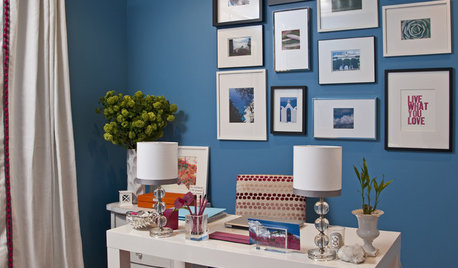
HOME OFFICESThe Cure for Houzz Envy: Home Office Touches Anyone Can Do
Borrow these modest design moves to make your workspace more inviting, organized and personal
Full Story
DECORATING GUIDESThe Dumbest Decorating Decisions I’ve Ever Made
Caution: Do not try these at home
Full Story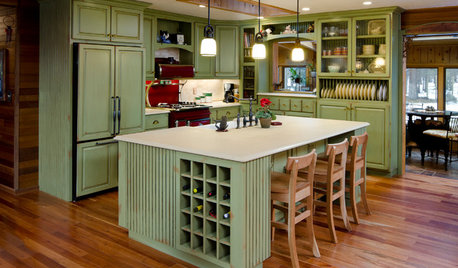
MOST POPULARHow to Reface Your Old Kitchen Cabinets
Find out what’s involved in updating your cabinets by refinishing or replacing doors and drawers
Full Story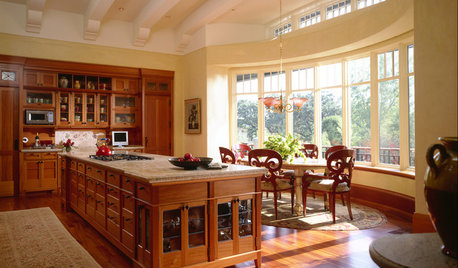
MATERIALSWoodipedia: Is It Cherry or Is It Alder?
Learn the differences between these two wood types, as well as costs, sustainability and a caution about finishing
Full Story
Houzz Call: Show Us Your Paint Makeovers
Let your newly repainted house or room do the "How d'ya like me now?" strut right here — it might just be featured in an upcoming ideabook
Full Story
KITCHEN STORAGECabinets 101: How to Get the Storage You Want
Combine beauty and function in all of your cabinetry by keeping these basics in mind
Full Story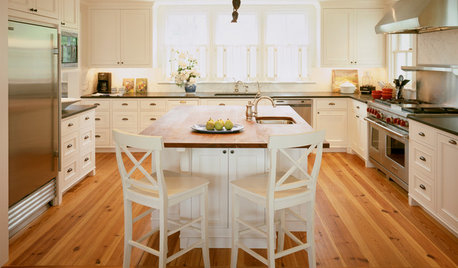
KITCHEN DESIGN3 Steps to Choosing Kitchen Finishes Wisely
Lost your way in the field of options for countertop and cabinet finishes? This advice will put your kitchen renovation back on track
Full Story
KITCHEN CABINETSKitchen Cabinet Color: Should You Paint or Stain?
Learn about durability, looks, cost and more for wooden cabinet finishes to make the right choice for your kitchen
Full StoryMore Discussions







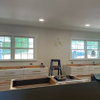
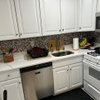
Circus Peanut